7 snowy places around the world to escape a hot American summer
It's a winter wonderland in the Southern Hemisphere
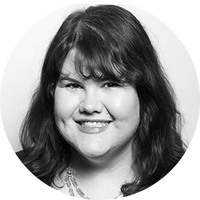

With heat waves, heat domes and heat warnings across the United States, many Americans are dreaming of cooler — if not downright cold — places. Relief can be found in parts of the Southern Hemisphere, where winter is in full swing and plenty of charming, snow-filled cities and resorts await. You will have to travel pretty far to visit these spots, but getting there is part of the fun.
Afriski Mountain Resort, Lesotho
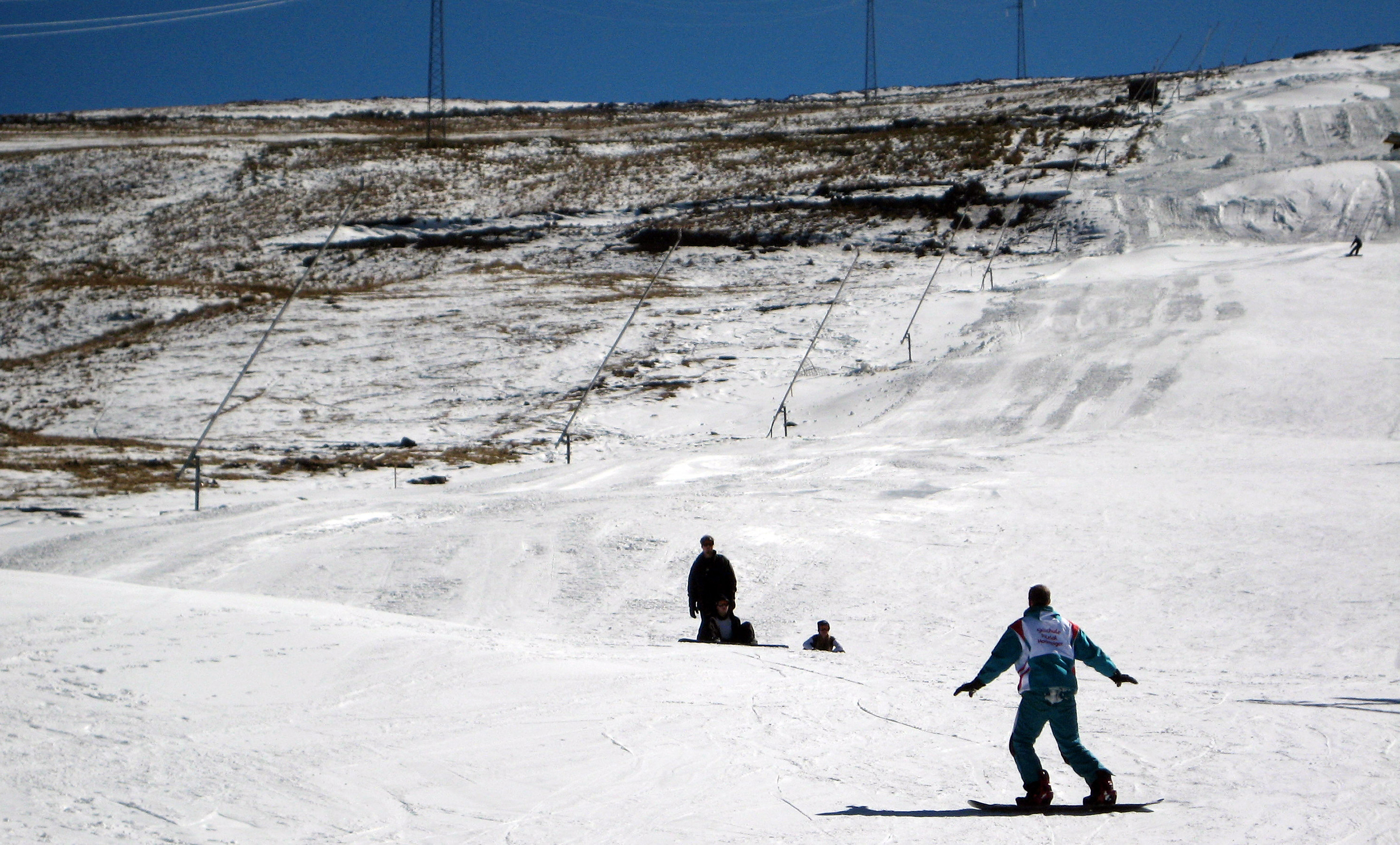
Going skiing in Africa is a rare treat
Yes, you can hit the slopes in Africa. Afriski Mountain Resort in Lesotho is a powder lover's playground, with skiing, snowboarding, tubing, sledding and off-piste skiing. Ski resorts are a rarity in Africa — there are only five on the continent — and Afriski is known for its lovely views of the surrounding Maloti Mountains and lively atmosphere. There are three accommodations to choose from, all close to the action.
Bariloche, Argentina
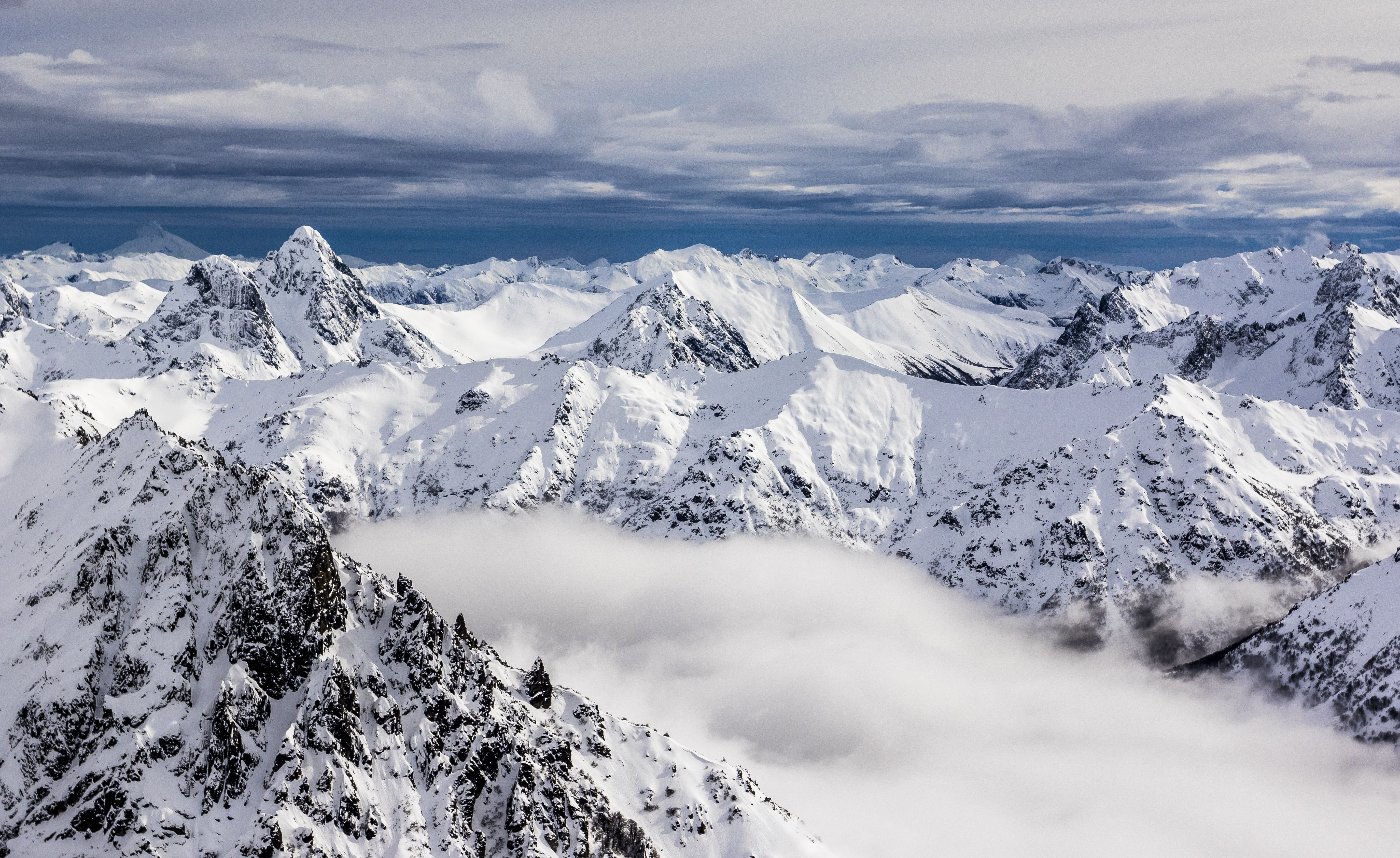
Cerro Catedral is a massive ski resort near Bariloche
Named the "most charming town" in Patagonia by Travel + Leisure, Bariloche offers "alpine air and knee-buckling natural beauty" like the crystal clear Nahuel Huapi Lake. Nearby Cerro Catedral is the largest ski resort in the Southern Hemisphere, with 75 miles of slopes and 32 chairlifts, cable cars and rope tows. While skiing is the biggest draw, snowshoeing and snow BMX biking are options for those looking to try something different.
The Week
Escape your echo chamber. Get the facts behind the news, plus analysis from multiple perspectives.

Sign up for The Week's Free Newsletters
From our morning news briefing to a weekly Good News Newsletter, get the best of The Week delivered directly to your inbox.
From our morning news briefing to a weekly Good News Newsletter, get the best of The Week delivered directly to your inbox.
Falls Creek, Australia
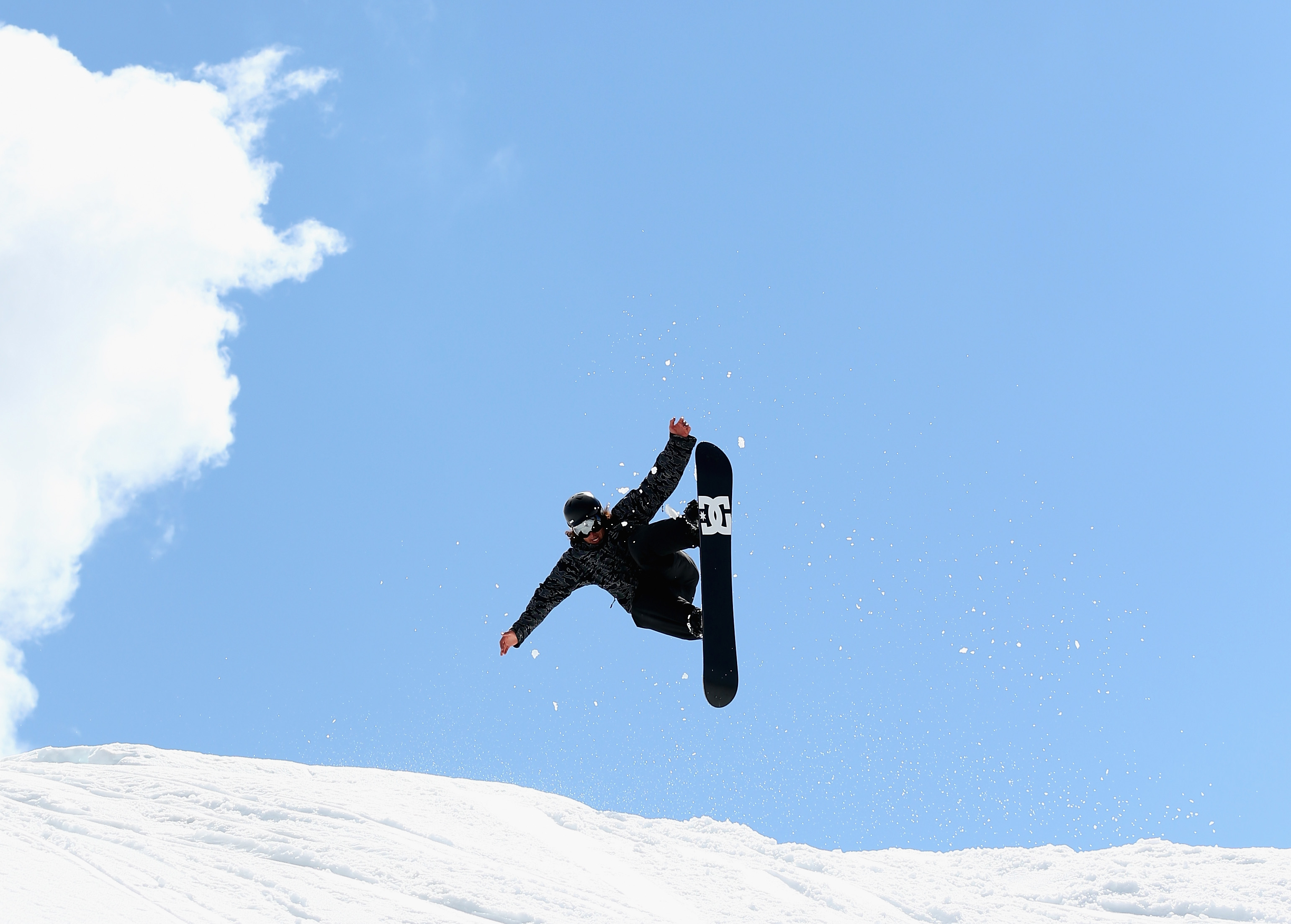
Snowboarders and skiers coexist peacefully at Falls Creek
At Falls Creek, you can truly get away from it all — even cars. Up in the Victorian High Plains, the village is about a five-hour drive from both Melbourne and Canberra, but once you arrive it is a pedestrian-only zone, with visitors having to ski-in and ski-out. The resort has more than 1,100 skiable acres, with 90 runs and 15 lifts, and a calendar filled with family activities, like tobogganing and roasting marshmallows with Pete the Snowdragon.
Hotham, Australia
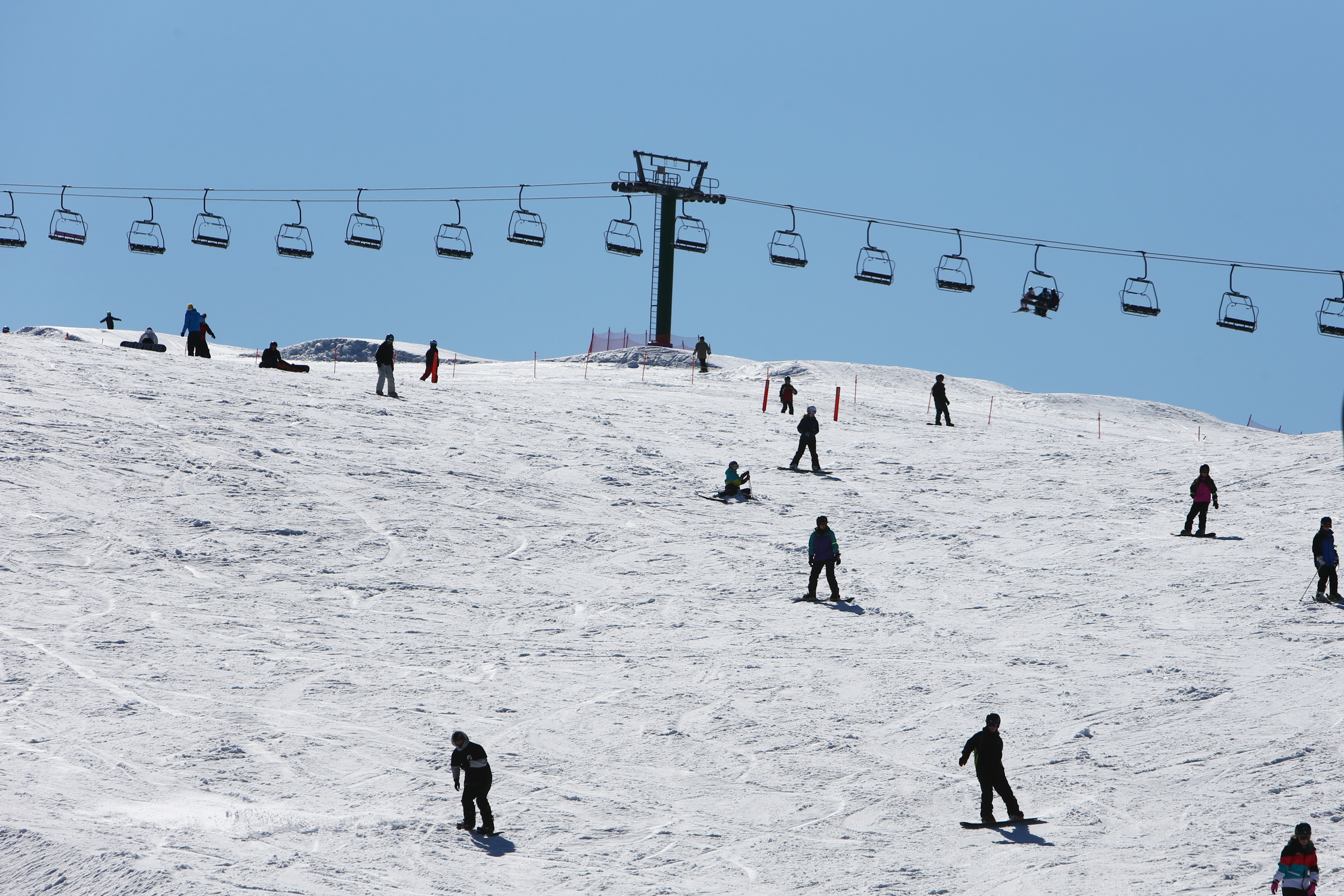
Hotham is the powder capital of Australia
Up in the Victorian Alps is Hotham, the only ski resort in the Southern Hemisphere with its village at the top of the mountain. Hotham has a reputation as being Australia's "powder capital," due to its location in a "geographical pocket that hits it big when storms come up from the south," Ski Magazine said. Visitors can spend their days skiing and snowshoeing. There are some out-of-the-ordinary activities available as well, like the outdoor onsen retreat and sled dog tours.
Portillo, Chile
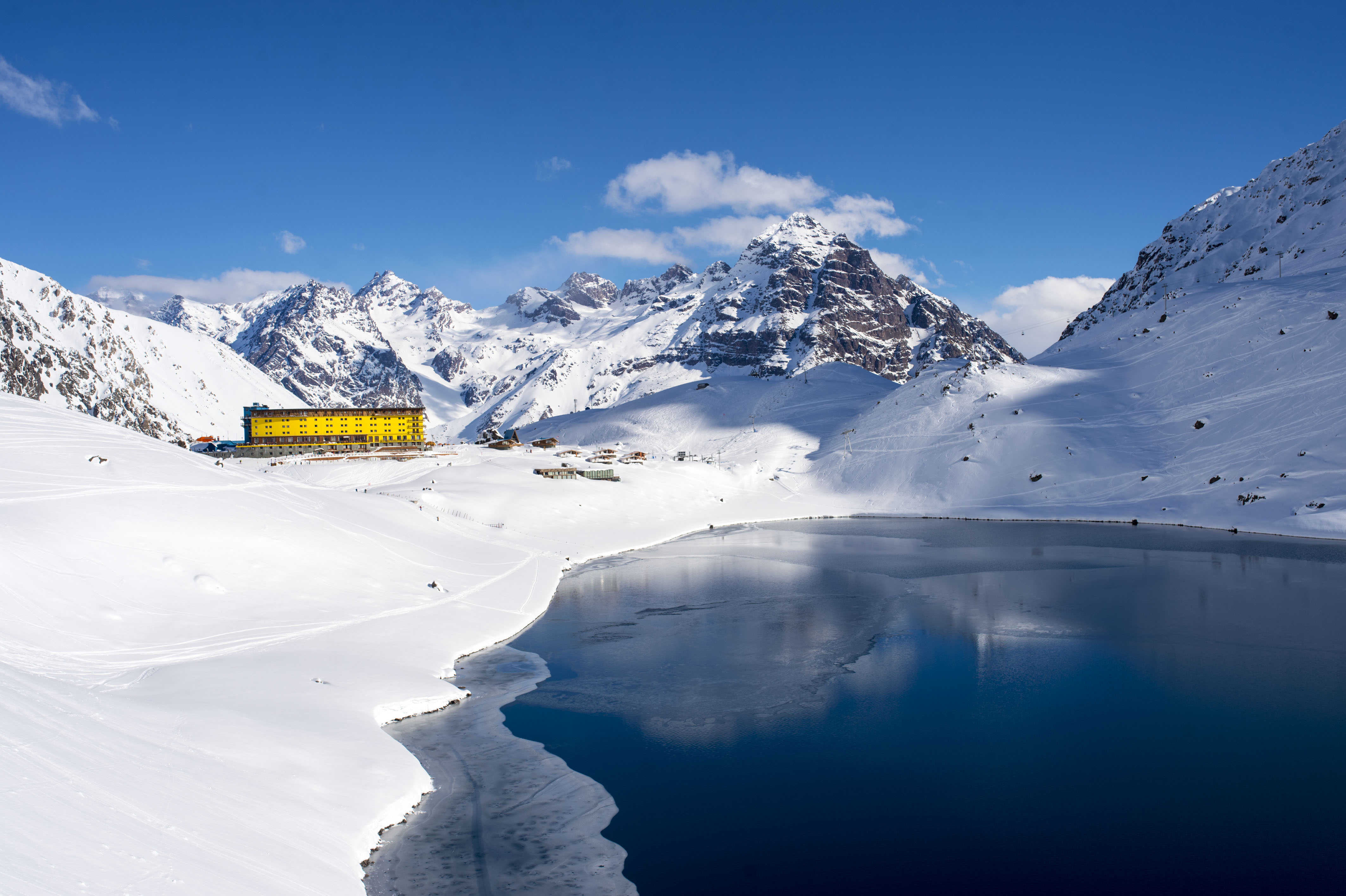
Lake Inca is part of the stunning scenery at Portillo Ski Resort
So much snow fell at Ski Portillo in Chile during June that the resort had to twice push back its opening day. Take that as a sign to pack your bags and head to this all-inclusive spot in the Andes, where guests have the option of staying for three days or a full week. Skiing feels special here in this picturesque part of the world, and to make the experience even more magical, book the private A-frame chalet with a fireplace and views of the mountains and Inca Lake.
Queenstown, New Zealand

Four ski areas are all within a 90-minute drive from Queenstown
When you go to Queenstown, have both a cosmopolitan escape and rugged mountain adventure by taking advantage of the city's dynamic restaurant and wine scene and its close proximity to four ski areas: Cardrona Alpine Resort, Coronet Peak, The Remarkables and Treble Cone. Coronet Peak offers a twist to the traditional day of skiing by keeping the fun going after dark, lighting the resort up from 4 to 9 p.m., while the aptly-named Remarkables boasts a large space dedicated to inexperienced skiers looking to learn the sport.
A free daily email with the biggest news stories of the day – and the best features from TheWeek.com
Mount Ruapehu, New Zealand

Mount Ruapehu is in the Tongariro National Park
Everything is bigger on Mount Ruapehu. An active volcano, this is the highest mountain on North Island, and its Whakapapa and Turoa ski areas are the largest in New Zealand. Whakapapa is on the northern side, with the terrain formed by solidified lava, while on the southern side, Turoa offers a thrilling, 2,368-foot descent. Both fields have beginner, intermediate and advanced trails.
Catherine Garcia has worked as a senior writer at The Week since 2014. Her writing and reporting have appeared in Entertainment Weekly, The New York Times, Wirecutter, NBC News and "The Book of Jezebel," among others. She's a graduate of the University of Redlands and the Columbia University Graduate School of Journalism.
-
 How to financially prepare for divorce
How to financially prepare for divorceThe Explainer Facing ‘irreconcilable differences’ does not have to be financially devastating
-
 Why it’s important to shop around for a mortgage and what to look for
Why it’s important to shop around for a mortgage and what to look forThe Explainer You can save big by comparing different mortgage offers
-
 4 ways to save on rising health care costs
4 ways to save on rising health care costsThe Explainer Health care expenses are part of an overall increase in the cost of living for Americans
-
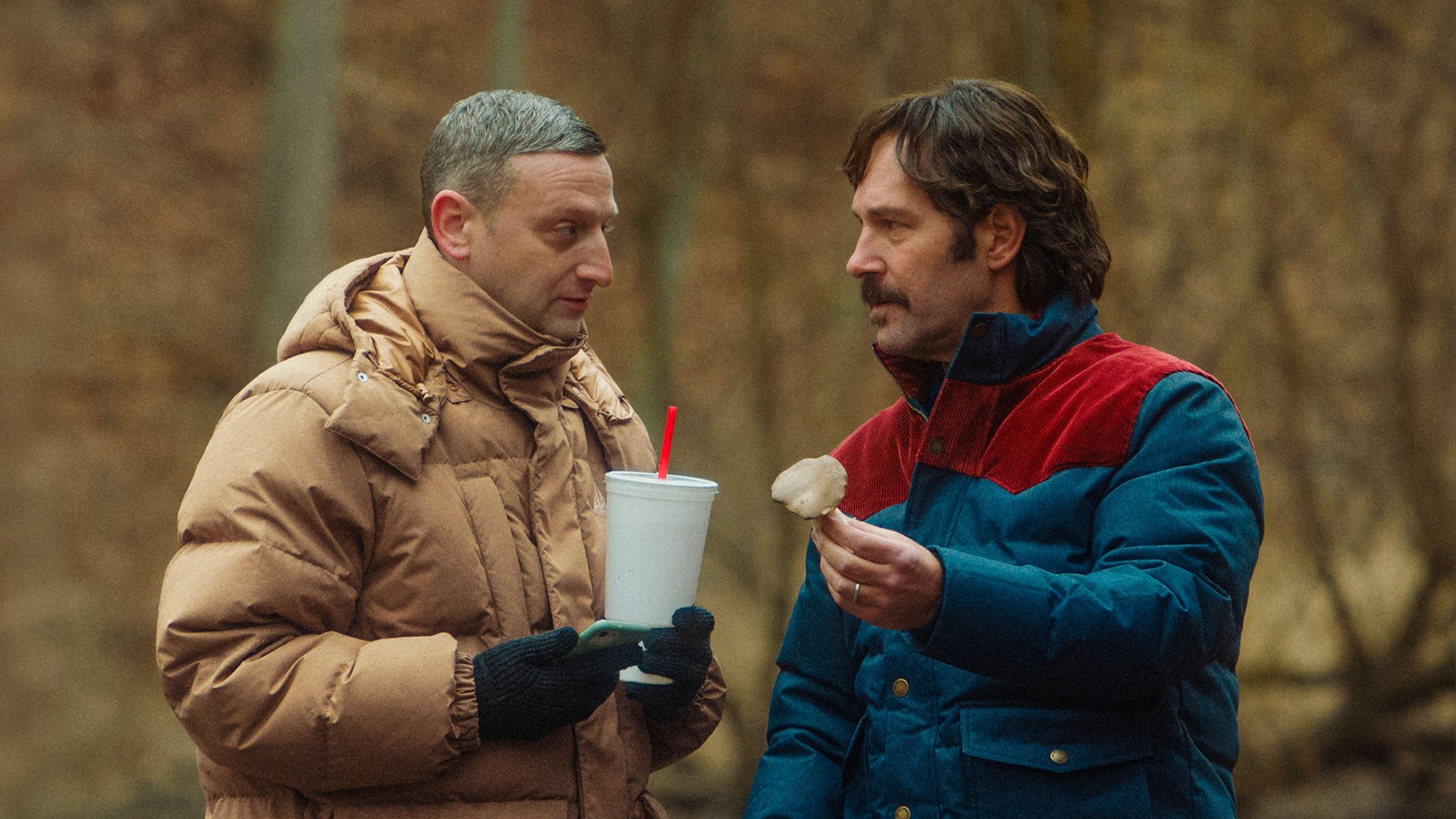 The 8 best comedy movies of 2025
The 8 best comedy movies of 2025the week recommends Filmmakers find laughs in both familiar set-ups and hopeless places
-
 The best drama TV series of 2025
The best drama TV series of 2025the week recommends From the horrors of death to the hive-mind apocalypse, TV is far from out of great ideas
-
 The most notable video games of 2025
The most notable video games of 2025The Week Recommends Download some of the year’s most highly acclaimed games
-
 8 restaurants that are exactly what you need this winter
8 restaurants that are exactly what you need this winterThe Week Recommends Old standards and exciting newcomers alike
-
 7 bars with comforting cocktails and great hospitality
7 bars with comforting cocktails and great hospitalitythe week recommends Winter is a fine time for going out and drinking up
-
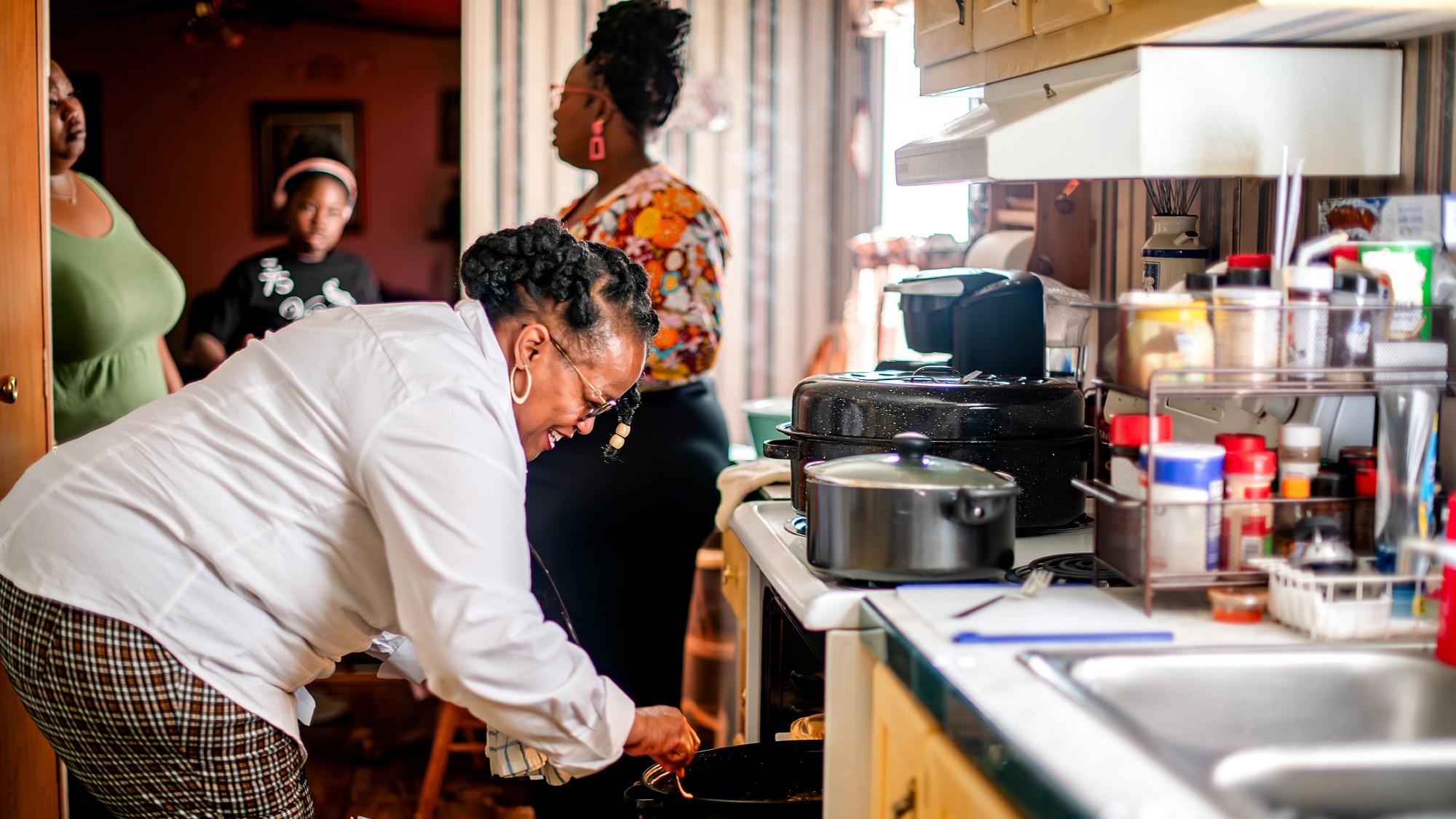 7 recipes that meet you wherever you are during winter
7 recipes that meet you wherever you are during winterthe week recommends Low-key January and decadent holiday eating are all accounted for
-
 7 hot cocktails to warm you across all of winter
7 hot cocktails to warm you across all of winterthe week recommends Toddies, yes. But also booze-free atole and spiked hot chocolate.
-
 Video games to tackle this winter, including Marvel Cosmic Invasion and Metroid Prime 4: Beyond
Video games to tackle this winter, including Marvel Cosmic Invasion and Metroid Prime 4: BeyondThe Week Recommends A new entry for the Metroid Prime series makes it out of development hell, plus a sequel that brings back the chaotic comedic timing of ‘High on Life’
